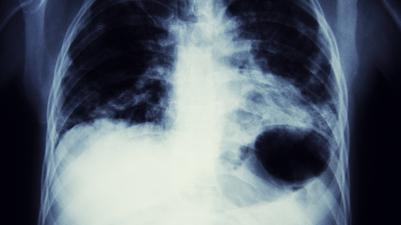Disease name: Acute Lymphoblastic Leukemia, ALL
ICD-10 Disease Code: C91.0 Acute lymphoblastic leukemia [ALL]
ICD-10 Disease Group: C91 Lymphoid leukemia
General description:Acute lymphoblastic leukaemia (ALL), also known as acute lymphocytic leukaemia is a type of acute leukaemia that progresses fast if untreated. It is characterised by an acute onset, and occurs when the bone marrow makes too many lymphocytes, which is a type of infection-fighting white blood cell.
In ALL, the lymphocytes are abnormal and cannot fight infection as well as healhy cells. Since the cancerous cells are so numerous, they tend to crowd out the healthy cells, which increases susceptibility to infections, and this may also cause other issues such as anaemia and easy bleeding. ALL cells may also spread to other bodily areas including the brain and spinal cord.
Although anyone can develop ALL, risk factors include:
- Being male
- Being white
- Being over the age of 70
- Previous treatment with chemotherapy or radiation therapy, and/or previous exposure to high levels of radiations
- Certain genetic disorders, e.g., Down syndrome
ALL includes acute B lymphoblastic leukaemia and acute T lymphoblastic leukaemia.
Mutations:Acute lymphoblastic leukaemias most frequently harbour alterations in the WT1, NOTCH1, EZH2, BCORL1, and USP7 genes in the genomes of bone marrow cells. Mutations in other genes have also been associated with ALL.
Disease frequency:Although a rare cancer in general (ALL constitutes about 1% of all cancer cases), ALL is the most common type of cancer in children, with childhood ALL accounting for about 60 % of all ALL cases. The risk of developing this disease is highest in children under the age of 5, and increases again in people above the age of 50, but ALL may occur in people of all ages and genders.
Although children are most likely to develop ALL, 4 out of 5 ALL-related deaths occur in adults.
The American Cancer Society’s estimates for acute lymphocytic leukemia (ALL) in the United States for 2021 (including both children and adults) are:
- About 5,690 new cases of ALL (3,000 in males and 2,690 in females)
- About 1,580 deaths from ALL (900 in males and 680 in females)
There are many symptoms for ALL, with the most common ones being:
- Weakness or feeling tired
- Fever or night sweats
- Easy bruising or bleeding
- Petechiae, which are tiny red dots under the skin. They are caused by bleeding.
- Shortness of breath
- Weight loss or loss of appetite
- Pain in the bones or stomach
- Pain or feeling of fullness below the ribs
- Swollen lymph nodes - you may notice them as painless lumps in the neck, underarm, stomach, or groin
- Having had many infections
Current treatments for ALL include combinations of the following approaches: chemotherapy, radiation therapy, stem cell transplant to replace cancerous cells with healthy donor cells, targeted therapies, e.g., immunotherapies, which involve the use of drugs or cellular therapies (e.g., CAR-T cells) that specifically target cancer cells while leaving healthy cells intact.
The goals of ALL treatment are to kill whatever leukaemic cells are present to bring the disease into remission, and to prevent relapses. While the actual therapy used may change to meet the goals, treatment is usually long-term and may also include additional strategies to prevent spreading (metastasis) to the brain and spinal cord.
Sources:- https://www.icd10data.com/
- https://www.orpha.net/consor/cgi-bin/index.php
- https://rarediseases.org/
- https://medlineplus.gov/genetics/
- https://www.cdc.gov/
- www.mycancergenome.org
- www.cancer.org








